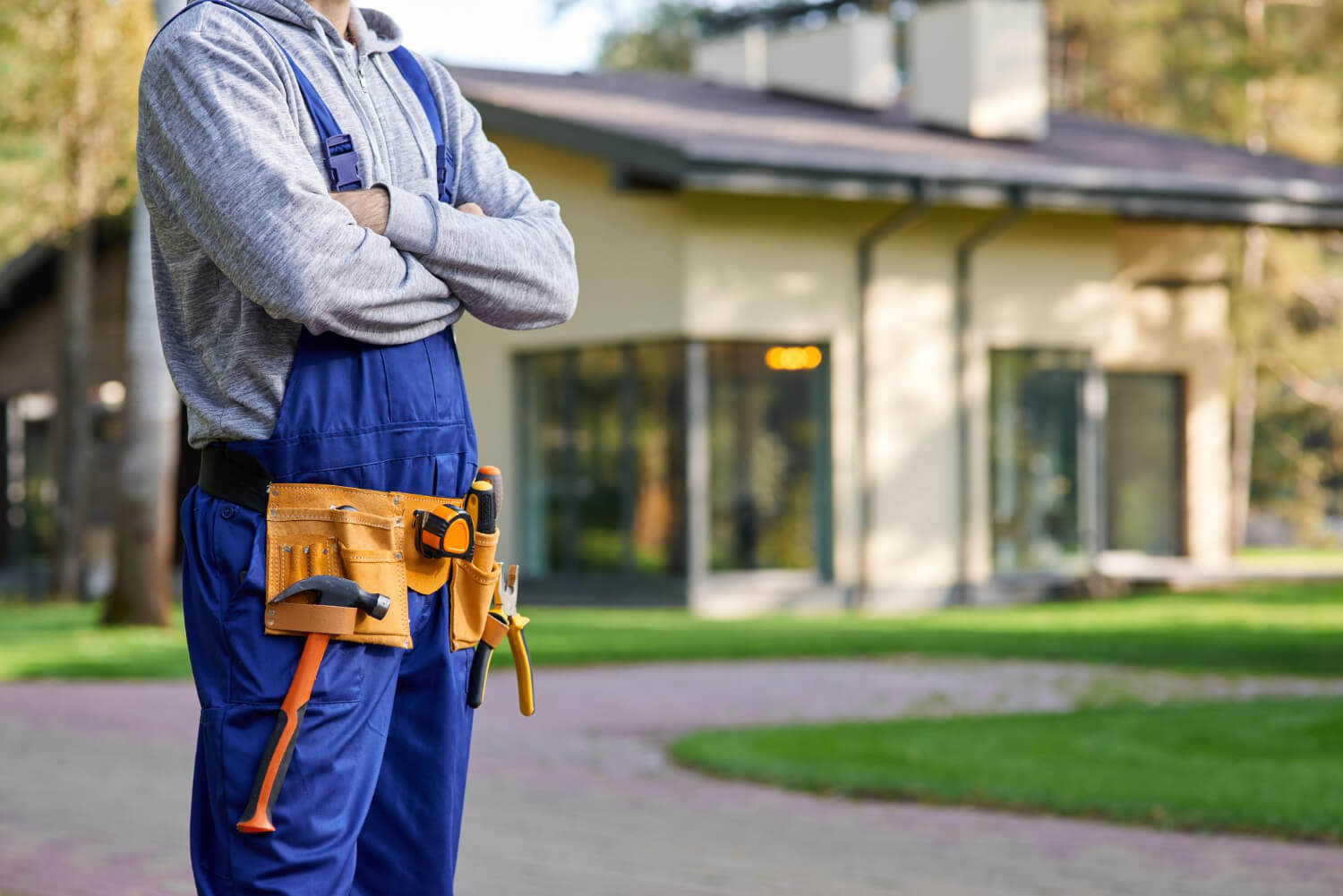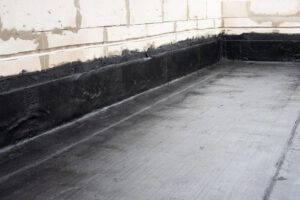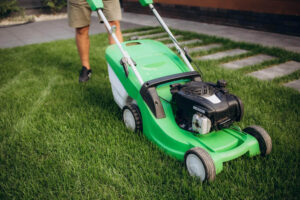As the seasons change, maintaining your home becomes important for both comfort and safety. A proactive approach to home upkeep prevents small issues from becoming costly repairs and keeps your living space running smoothly. Whether you’re preparing for colder months or looking ahead to summer, a few strategic tasks can save time, money, and stress in the long run.
Every homeowner, regardless of location or home size, benefits from a maintenance checklist tailored to the season. These seven home maintenance moves can help ensure your property remains functional, efficient, and welcoming throughout the year.
Inspect Core Systems and Utilities
Your home’s mechanical systems are the heartbeat of its daily function. Before any seasonal shift, take time to evaluate HVAC performance, plumbing connections, and electrical wiring. A simple inspection now can prevent emergency repairs later. To ensure you’re fully informed, read more about HVAC, plumbing, and electrical services before scheduling routine checks or upgrades. Keeping filters clean, thermostats calibrated, and pipes insulated is critical for energy efficiency and avoiding service disruptions. Older homes may benefit from a professional audit of their wiring or ductwork, as outdated components can become safety hazards.
Don’t overlook seasonal factors such as humidity or cold snaps, which can affect utility systems in subtle ways. A comprehensive inspection once or twice a year can identify potential trouble spots long before they become major concerns.
Seal Gaps and Improve Insulation
Temperature regulation within your home heavily depends on how well it’s sealed from the outside. Drafts around windows, doors, or attic spaces make your living environment uncomfortable and drive up energy bills. Checking for air leaks and upgrading insulation where needed is an important task before winter or summer begins.
Weatherstripping and caulking are cost-effective ways to address smaller leaks, while attics and basements may benefit from additional insulation material. Pay close attention to crawlspaces or attic vents that may not receive regular inspection but play a major role in maintaining internal temperatures.
The benefits go beyond comfort, improved insulation contributes to reduced carbon footprints and energy consumption, offering both environmental and financial advantages. A properly sealed home helps reduce the strain on HVAC systems, extending their service life.
Clear Gutters and Check Drainage
Clogged gutters can lead to major water damage if left unchecked. As leaves and debris accumulate in fall or after heavy storms, your gutter system may overflow and direct water into places it shouldn’t be, like your foundation or basement.
Cleaning out gutters and downspouts should be a non-negotiable task at least twice a year. Consider adding gutter guards if your home is near trees that shed regularly. While you’re at it, check that your yard’s grading ensures water flows away from your home, not toward it.
Poor drainage affects landscaping and can weaken a home’s structure. Taking these simple steps helps prevent mold, erosion, and costly foundation issues later on.
Maintain Roofing and Exterior Surfaces
Your roof and siding are the first line of defense against the elements. Damage to either can lead to water intrusion, heat loss, or pest infestations. Perform a visual inspection of your roof at the start of each season, noting any loose shingles, cracked flashing, or signs of wear.

If you’re uncomfortable with climbing or close inspections, professional roofers can assess the condition more safely and thoroughly. Take a moment to inspect your home’s siding, foundation, and trim. Paint touch-ups, pressure washing, or minor repairs can extend the life of your exterior and improve curb appeal at the same time.
Spotting issues early is the key. A small patch of missing shingles or peeling siding today could mean thousands in repairs if ignored.
Service Seasonal Equipment and Tools
Depending on the time of year, your home relies on different equipment, furnaces, air conditioners, lawnmowers, or snow blowers. Before their season of use, check to make sure everything is functioning correctly. Clean filters, replace worn belts, and top off fluids where applicable.
For gas-powered equipment, use fresh fuel and store it properly after each season. Sharpen mower blades, clean blower intake valves, and make sure outdoor tools are stored in dry, accessible places. The same goes for pool pumps, sprinklers, or fire pits, each should be maintained according to the manufacturer’s guidelines.
Well-maintained tools perform better and last longer, saving you money in the long term and reducing the chance of seasonal headaches.
Refresh Safety Measures Inside the Home
Seasonal maintenance is a time to revisit safety features. Test all smoke alarms and carbon monoxide detectors and replace batteries as needed. If your home includes a security system, check the camera function, sensor placement, and app connectivity.
Take a few minutes to examine fire extinguishers, ensuring they’re not expired and are easily accessible. If you use a fireplace or wood stove, now is the time to clean chimneys and check flues for blockages.
Emergency readiness is another aspect often overlooked. Update your emergency supply kit, revisit your evacuation plan, and ensure that all household members know what to do in case of severe weather or a power outage.
Declutter and Inspect Indoor Spaces
As the seasons change, so do our habits and indoor living patterns. Use this opportunity to declutter closets, storage rooms, and utility spaces. Remove items you no longer use and organize those you do. A tidy home makes maintenance easier and can actually improve mental clarity and household flow.
While decluttering, take the time to inspect appliances and home systems like washing machines, water heaters, and HVAC vents. Look for signs of wear, leaks, or noise changes. Simple awareness often leads to early detection and prevention of larger issues.
You might consider rearranging furniture or re-evaluating lighting to better align with seasonal needs, such as maximizing natural light during shorter days or creating cozier nooks for cooler months.
Proactive home maintenance is more than a to-do list, it’s a way to invest in your home’s longevity, comfort, and value. Tackling these tasks at the beginning of each season not only prevents stress but creates a living environment that’s resilient, efficient, and enjoyable year-round. From roof inspections to HVAC tune-ups, every step you take now is a step toward peace of mind tomorrow. Stay ahead, stay prepared, and enjoy the season in a home that works with you, not against you.






